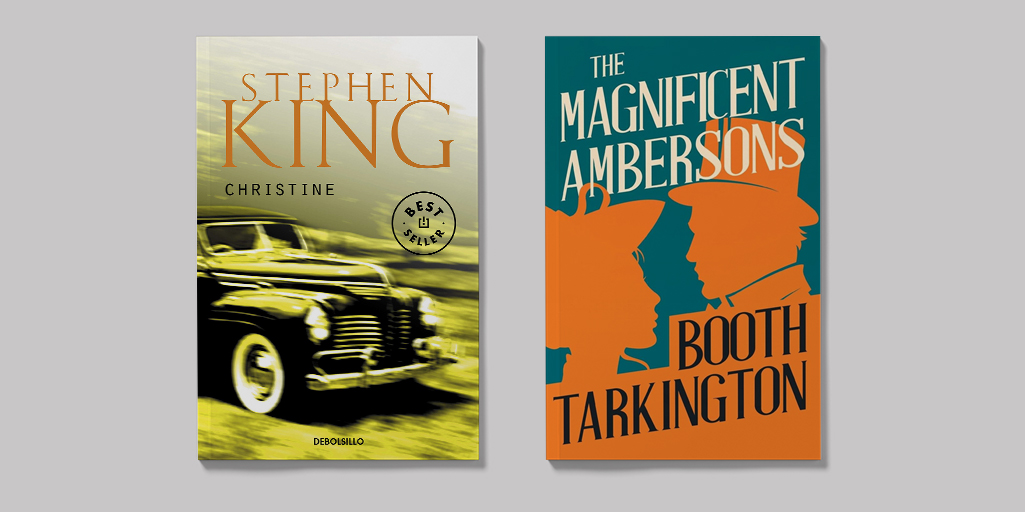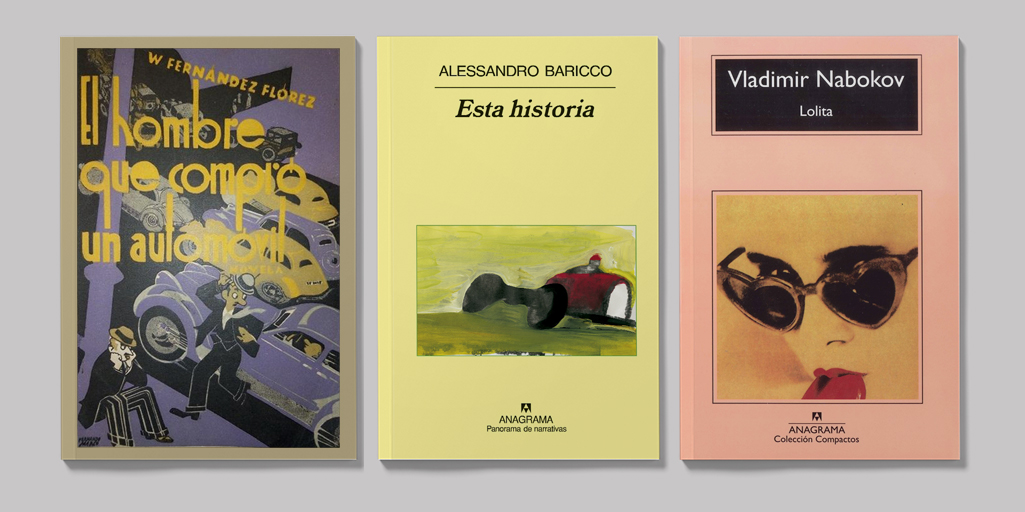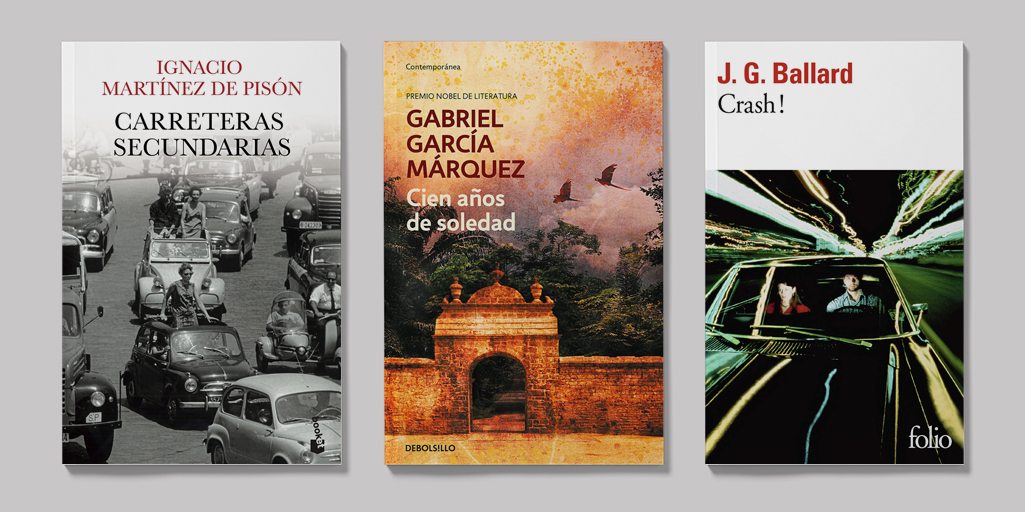Literature, roads and car, a long love story
If the railway was the invention that defined the 19th century and its literature, the car did so for 20th-century society and writing. There are many novels in which the car and the road are the protagonists of the stories or play as important a role in them as horses did in westerns.
The car is one of the most versatile resources for literature. It is the element that allows for escape, whether in a metaphorical sense (escape from hunger, oppression, a love affair…) or a real way. It is also a metaphor for freedom and liberation, the symbol of a new beginning; it defines the social status of the characters; it can even come to life and become a blood-thirsty murderer possessed by an evil spirit, as in Stephen King’s Christine. Or it can become a sexual fetish, as in the novel Crash by JG Ballard (1973), which was later made into a film by David Cronenberg. In the novel, the protagonists are devotees of a paraphilia known as symphorophilia and get a thrill from causing or participating in traffic accidents.

Inside cars we make love, travel and create masterpieces. This is what happened to Gabriel García Márquez, who was inspired to write One Hundred Years of Solitude in 1952 during a trip to his hometown, Aracataca (Colombia), with his mother, to sell his childhood home.
On the other side of the coin, more than one writer has died in a traffic accident. This is what happened to Albert Camus on a road in Burgundy. The car that his publisher and friend Michel Gallimard was driving crashed into a tree, killing them both.
CARS IN BOOKS
James Joyce was one of the first to use the car as the subject of one of his works. He did it in the story “After the Race” (1904), which was included in his work Dubliners. Here, he tells the story of an afternoon and evening spent by a group of friends, including car drivers and mechanics, following a race.
The Magnificent Ambersons is the novel for which the American author Booth Tarkington won the Pulitzer Prize in 1919. It examines the world of the automobile industry through the relationships of some wealthy families in Indianapo
lis. Orson Wells made a movie based on it in 1942, which was released in Spain under the title The Fourth Commandment.
The automobile gave rise to a literary genre in the United States: road novels, whose greatest exponent is On the Road, by Jack Kerouac, published in 1957. Here, in the form of an inner monologue, Kerouac recounts his trips with his friends through the United States and Mexico between 1947 and 1950, contributing to the myth of the famous Route 66. Today it is considered a classic of the 20th century and the definitive work of the beat generation.

Fear and Loathing in Las Vegas, by Hunter S. Thompson (1971), can also be considered a road novel. It tells of his delusional journey through a surreal Las Vegas, and is now seen as a key work by followers of new journalism and gonzo journalism.
The controversial Lolita, by Nabokov, spends a good part of its plot aboard a car in which the middle-aged professor and Lolita travel the roads of the United States.
And, in the 21st century, we find Questa storia, by the Italian Alessandro Baricco (2007). Its protagonist, Ultimo Parri, is obsessed with creating the perfect car-racing circuit, hoping to reflect his own life in its design.
Additionally, there are some well-known works by Stephen King that deal with this subject: the aforementioned Christine, From a Buick 8, (2002) and Mr. Mercedes (2014), where, once again, cars come to life to spread fear.
In Hispanic literature, one of the first works to deal with cars was The Man Who Bought a Car, by Wenceslao Fernández Flórez (1932). It is a surrealist novel, full of black humor, where the protagonist considers the question of whether or not to buy a car. It was one of the first criticisms of modern consumerism in Spanish literature.

Julio Cortázar narrated the story of a huge traffic jam and the personal relationships that were established between the occupants of the vehicles trapped there in the story “The highway of the South”, published in the book of stories All Fires the Fire (1966).
In 1996 Ignacio Martínez de Pisón published Secondary Roads, a novel in which he recounts the journey of a teenager and his father through the Spanish roads of 1974 aboard a Citröen Tiburón, the only thing they own.
These are just a few examples of the role played by cars and roads in the literature of the 20th and 21st centuries. The list is much longer and would fill many articles. After all, two elements like these, so present in our lives, are always a source of inspiration for fiction writers. And if literature reflects the real world, cars cannot be left out.